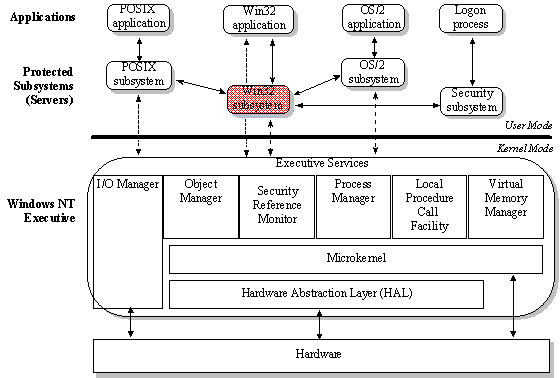[quote=tonestone57]
I have given multiple websites and there are many (if not all) sites out there that agree with what I’m saying. Hybrid Kernels are a real thing which you don’t want to believe in.[/quote]
There are plenty of sites that insist hybrid kernels are “a real thing” but none of them manage to say how you’d know. Maybe you don’t agree? Feel free to follow their advice for diagnosing how Haiku uses a hybrid but Linux is monolithic.
[quote=tonestone57]
Any processes done in kernel space give the highest performance. Any processes done in user space give the highest stability, security and less bugs because handled as separate process from the kernel.[/quote]
Give examples. Maybe you don’t understand how to do that. Let me try for you:
Haiku’s BeFS driver is in kernel space. The Haiku terminal window runs in user space.
Those examples are no good, because of course Linux filesystem drivers run in the kernel, and a Linux terminal window is a user space application. But that’s the sort of contrast you’re looking for. To make your point you’d need to show how important stuff that Linux has in the kernel, is instead a separate user process in Haiku. Do you see? Otherwise, by definition what you have is a monolithic kernel.
thatguy said earlier that he believed Haiku’s sound card drivers are userspace. He was wrong about that, but if he’d been right that would have been a good start.
So, do you have any examples? No you don’t.
FWIW This is why Linus was dismissive. Instead of actually knowing anything about Haiku’s kernel, you have been taught to parrot “It’s a hybrid” and pretend that this makes it superior. Why not learn something?
If you’re still having trouble seeing how the wool was pulled over your eyes, I will suggest once more doing the opposite: Explain why Linux is not a hybrid kernel. Imagine someone forks Linux, and (rather as happened with DragonflyBSD) fan boys begin claiming that their new kernel “LinuxPlus” is a hybrid. Explain why they’re wrong. If you find yourself resorting to “Linus says so” then you’ve made my point.
